Cabernet Sauvignon
Cabernet Sauvignon is used in blend with Sangiovese in the Mistero wine, it is also included in the Ronc8tto wine.
It is also possible to adopt a vine of Cabernet Sauvignon.
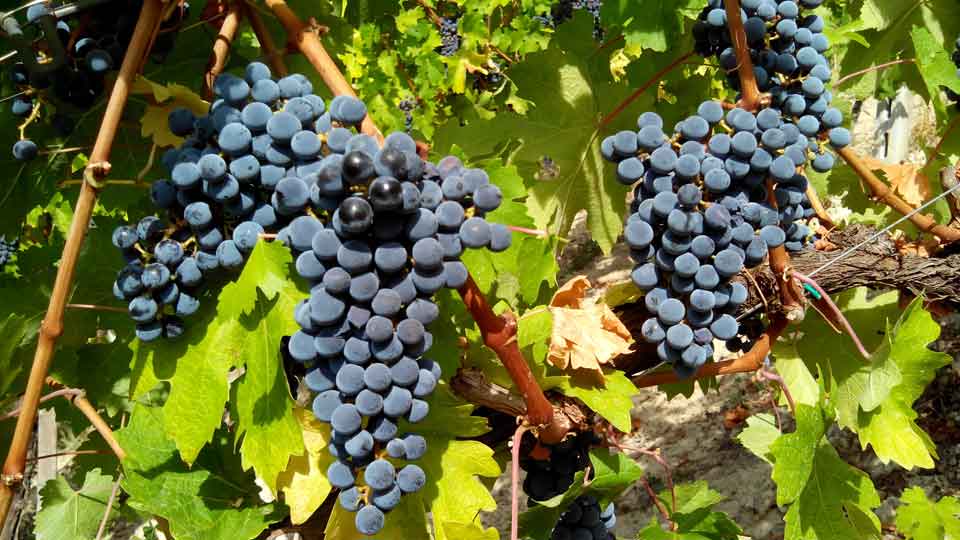


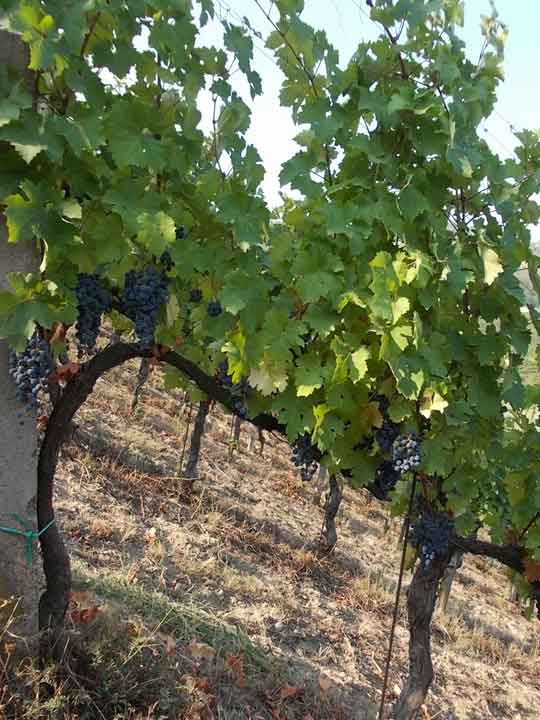
Historical background
Ancient vine, can be identified with the Biturica strain. Plinio and Columella mention Biturica referring to the great wines elaborated by the Bituriges Vibisci, Gironde tribe. And the Gironde district has to be considered the homeland of this noble variety that represents the universality of viticulture. It is well adapted to Australia, South Africa, Chile, California and Lebanon. In Italy it has found diffusion in the North: it is assumed that Count Manfredo of Samuy in 1820 introduced the vine directly from France cultivating it in the vineyard of Valmagra at Alexandria, driven by the resemblance between its lands and those of Médoc And the Gironde. Certainly, an extensive Cabernet vineyard rises around 1870 on the Euganean Hills in the province of Padova.
Vegetative characteristics
Recently introduced in Southern Lombardy, Cabernet Sauvignon is a vine of medium vigor, with constant production. It requires climates temperate or, however, tendentially dry or ventilated. Cabernet gives excellent results if grown on well-exposed terrains, stony or clayey and well drained in the plain. Although it does not accept soils that are too fertile or humid, which will induce the plant to weak lignification. The grapes adapt to different forms of growth and pruning.
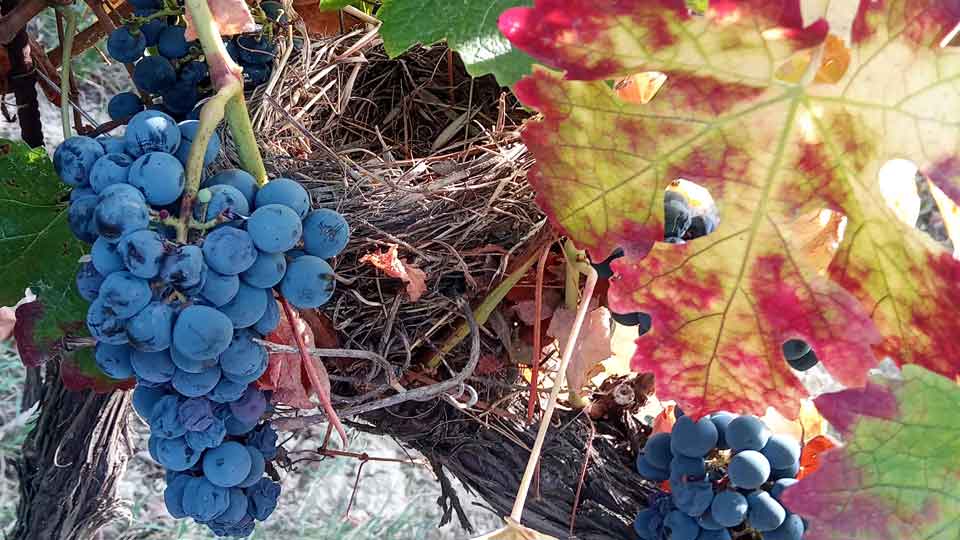
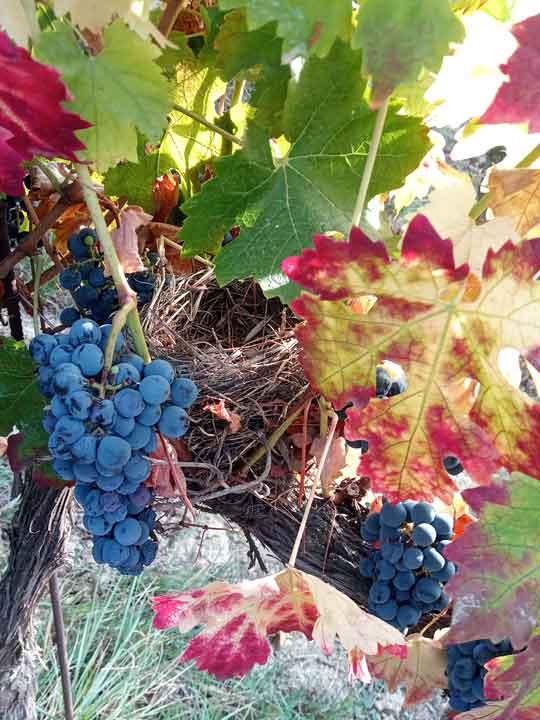

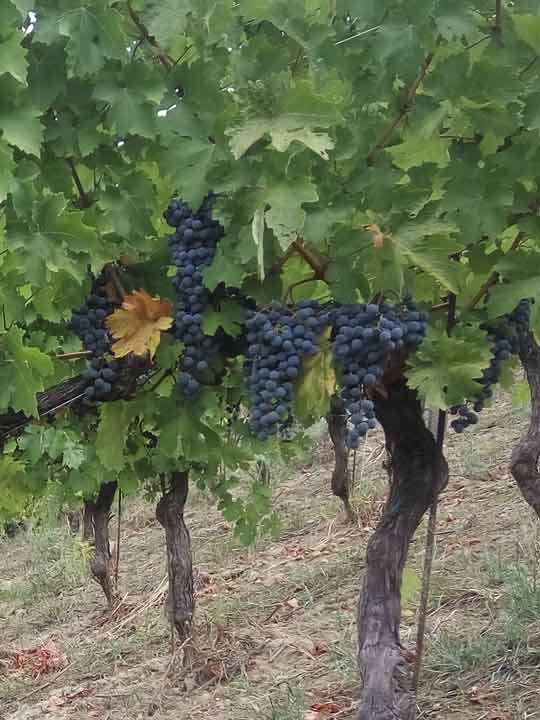
Some ampelographic nods
Sprout is expanded with long hair, greenish-white, with apical, fluffy leaflets. Adult leaf is medium, pentagonal, dark green, almost without dew on the top, velvety on the bottom. Petiole breast is in closed lira or overlapped edges. Bunch is medium-small, cylindrical, often winged, compact. Grape is medium, spheroid, with a purple blue and consistent skin. Pulp is a bit fleshy and slightly herbaceous.
